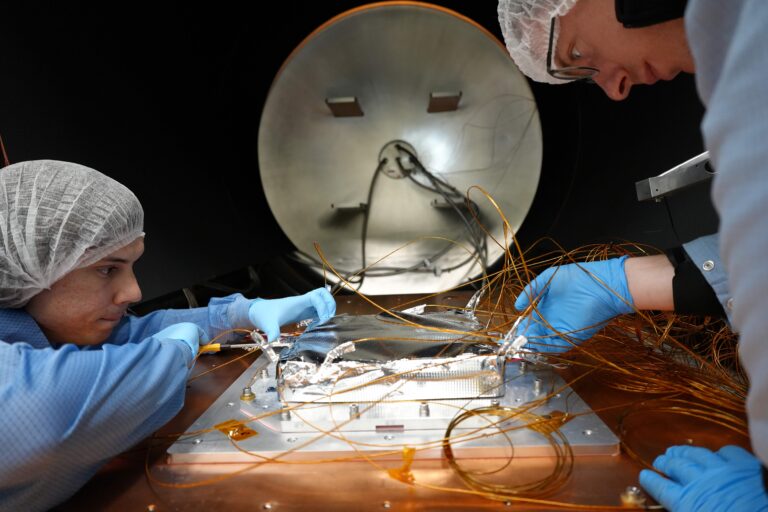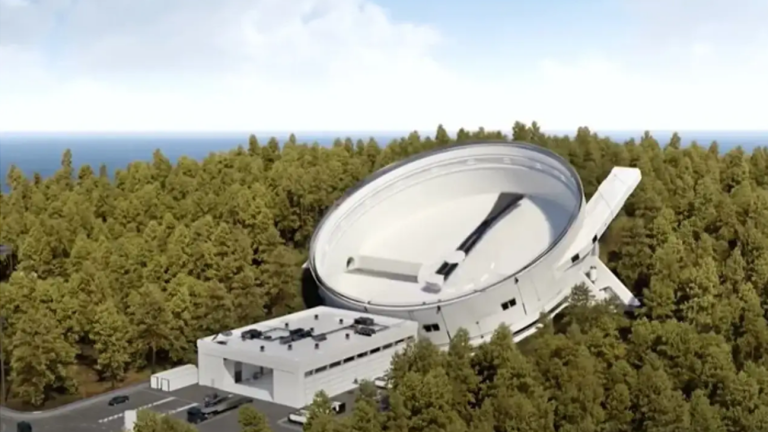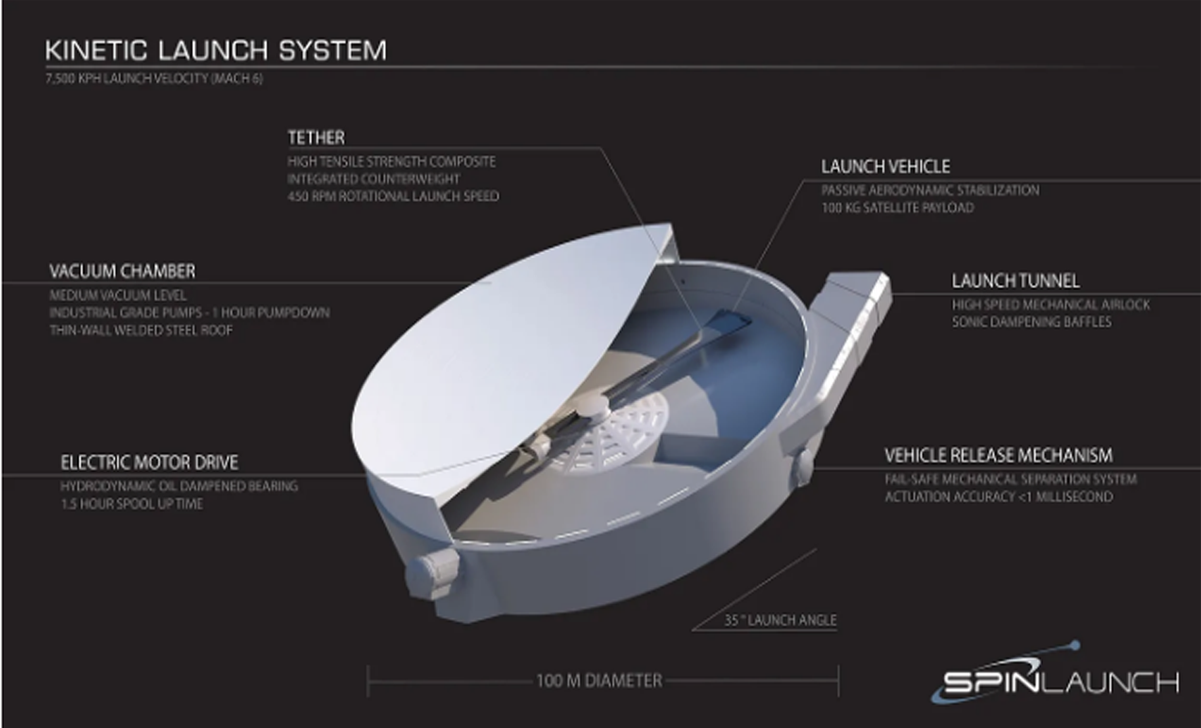QuantX Labs’ TEMPO Mission: First Optical Frequency Comb Launch to Orbit in 2025
QuantX Labs is set to deploy its TEMPO optical atomic clock subsystem—an Optical Frequency Comb—into low Earth orbit late in 2025, backed by a $3.7 million grant from the Australian Space Agency’s Moon to Mars initiative. This first-ever spaceborne frequency comb will undergo rigorous environmental testing on Exotrail’s spacevan™, flown by SpaceX, paving the way for ultra‑precise space-based timing, navigation, and Earth observation systems that could one day rival GPS.
Summary
- QuantX Labs, a leader in quantum sensor technologies, will launch a key component of its TEMPO atomic clock system into space aboard Exotrail’s spacevan™ on a SpaceX mission.
- The project is supported by a $3.7 million grant from the Australian space Agency’s Moon to Mars initiative, demonstrating strong government backing for sovereign space capabilities.
- The subsystem, known as an Optical Frequency Comb, extends beyond timing to deep‑space communications, navigation, positioning, and synchronized Earth observation.
- This mission marks the first deployment of an optical frequency comb in orbit—an innovation that earned the Nobel Prize in Physics in 2005—but never before flown.
- The comb has passed extensive environmental tests (temperature extremes, vacuum, vibration, radiation) to endure launch stresses and space conditions.
- Exotrail’s spacevan™ made its debut flight on SpaceX Transporter‑9 in November 2023, proving its in‑orbit mobility service capability.
- QuantX Labs’ Managing Director, Professor Andre Luiten, calls this launch a “breakthrough” achieved faster and at lower cost than traditional atomic clock missions.
- Dr. Sebastian Ng, QuantX’s PNT Program Lead, notes that the comb’s success will guide integration of the full TEMPO clock for future missions.
- A QuantX team will travel to Exotrail’s Paris HQ this month for final integration tests before shipment to the U.S. launch site.
- The one‑year mission will be Exotrail’s second spacevan™ flight following the successful 2023 demo; ongoing operations bolster confidence in the service.

Introduction
QuantX Labs, based in Adelaide, Australia, is at the forefront of precision timing and quantum sensing. In partnership with French in‑space logistics firm Exotrail, QuantX is preparing to launch the Optical Frequency Comb—a core part of its TEMPO optical atomic clock—into low Earth orbit late in 2025 aboard Exotrail’s spacevan™ on a SpaceX Falcon 9 rideshare QuantX Labs – Quantifying The Unknown. The project is underwritten by a $3.7 million grant from the Australian Space Agency’s Moon to Mars initiative, reflecting Australia’s commitment to sovereign space‑based navigation and timing.
Background on Optical Frequency Combs
Optical Frequency Combs were first pioneered around 2000 and garnered the Nobel Prize in Physics in 2005 for their role in precision spectroscopy and timing QuantX Labs – Quantifying The Unknown. These “combs” produce a spectrum of discrete, equally spaced optical frequencies that serve as an ultra‑stable ruler for measuring time and frequency. On the ground, combs have revolutionized telecommunications and metrology. Flying one in space opens new frontiers in deep‑space communications, navigation, and synchronized Earth observation.
“This launch represents not only a breakthrough for our TEMPO technology but also the culmination of countless hours of hard work by our engineers and physicists. We have managed to deliver this outcome in much less time and at much less cost than is traditional,” said Professor Andre Luiten, Managing Director of QuantX Labs QuantX Labs – Quantifying The Unknown.
TEMPO Atomic Clock System
The TEMPO (Time‑based Precision Oscillator) system integrates the Optical Frequency Comb with cutting‑edge lasers, atomic references, and control electronics. Together, they form an optical atomic clock capable of 10⁻¹⁸ timing precision—orders of magnitude better than current space clocks Orbital Today. TEMPO’s modular design allows the comb to serve as a subsystem ahead of the full payload, reducing risk and enabling iterative technology maturation.
Environmental Testing and Validation
QuantX’s Optical Frequency Comb has successfully endured a battery of harsh environmental tests designed to simulate launch and on‑orbit conditions:
| Test Type | Simulated Condition | Status |
|---|---|---|
| Temperature Extremes | –40 °C to +85 °C cycling | Passed |
| High Vacuum | 10⁻⁶ Torr level | Passed |
| Vibration & Shock | Random and sine vibration profiles | Passed |
| Radiation Exposure | Total ionizing dose > 10 kRad(Si) | Passed |
Table 1: Environmental Test Results for Temporal Stability
Mission Timeline and Partnerships
| Milestone | Date | Partner/Location |
|---|---|---|
| Grant Awarded | April 2025 | Australian Space Agency |
| Integration Testing Begins | April 2025 | Exotrail HQ, Paris, France |
| Shipment to Launch Site | Late 2025 | U.S. West Coast |
| Orbital Launch | December 2025 (TBD) | SpaceX Falcon 9 |
| Mission Operations Period | 1 year | LEO |
Table 2: Key Mission Timeline for the Optical Frequency Comb Launch QuantX Labs – Quantifying The Unknown
Exotrail’s spacevan™ made its maiden flight on SpaceX’s Transporter‑9 mission in November 2023, demonstrating its in‑orbit transfer capabilities before handling the QuantX payload exotrail.com. This upcoming flight will be the spacevan’s second orbital mission, leveraging that flight heritage to ensure mission success
Future Applications and Impact
Beyond demonstrating an Australian sovereign timing capability, this mission lays groundwork for next‑generation navigation, deep‑space networks, and Earth observation. By flying optical clocks in space, QuantX aims to supplement or even replace existing GPS and GNSS systems, offering enhanced accuracy and resilience against signal interference Orbital Today. Dr. Sebastian Ng, QuantX’s PNT Program Lead, notes that insights from the frequency comb deployment will inform the development of the full TEMPO payload on subsequent missions.
Facts
- Optical Frequency Combs earned the Nobel Prize in Physics in 2005.
- Exotrail’s spacevan™ offers up to 1 km/s delta‑V for in‑orbit maneuvers exotrail.com.
- TEMPO aims for timing stability of 10⁻¹⁸, meaning an error of 1 second over 31 billion years Orbital Today.
References
- QuantX Labs to Launch Pioneering Optical Atomic Clock Technology into Space. QuantX Labs. Link QuantX Labs – Quantifying The Unknown
- QuantX Labs Prepares First Orbital Launch of Optical Frequency Comb for Space-Based Precision Timing. The Quantum Insider. Link The Quantum Insider
- Exotrail to debut its SpaceVan™ in‑space mobility service on October 2023 SpaceX Falcon 9 mission. Exotrail. Link exotrail.com
- In‑Orbit Services – Exotrail. Exotrail. Link exotrail.com
- Australia’s QuantX Built A Clock So Precise It Could Replace GPS and It’s Heading to Orbit. Orbital Today. Link Orbital Today
- Exotrail Completes First In‑Orbit Delivery with Spacevan Orbital Transfer Vehicle. Satellite Today. Link Satellite Today


